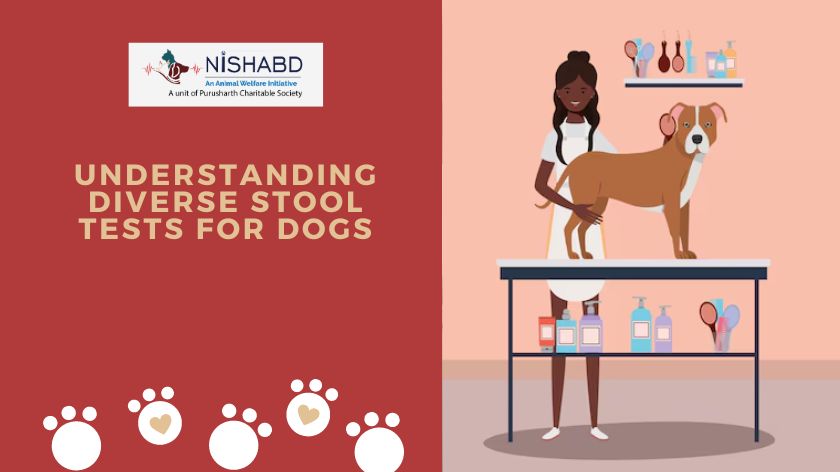A Step-by-Step Guide to Sterilizing Dogs in Your Colony
Sterilizing the dogs in your area is a pious and efficient method to control the population of dogs and ensure their well being. This step-by-step guide will guide all the steps of this procedure in plain and simple language and covers everything from the preparation phase to postoperative treatment.
Why Sterilize Dogs?
Dog sterilization, also called the spaying (for females) or neutering (for males) is essential for stopping the spread of stray dogs as well as improving their overall health and behavior. It helps prevent unwanted litters as well as reduces the chance of certain infections and cancers and halts behavior such as aggressive behavior and roaming.
Let’s have a look at the Sterilization process of dogs:
Step 1: Planning and Preparation
Assess the Need
Before you begin the process of dog sterilization It is crucial to evaluate the amount of dogs that are stray within your colony
- Examine the The Area Survey the Area: Keep track of the number of stray dogs that are in the area and pinpoint the areas where they are agglomerated.
- Community Support: Speak to the local authority and your neighbors to gain support and discuss the importance of dog sterilization.
Organize Resources
Find the resources needed and provide support to this sterilization of dogs program:
- Veterinary Services: Contact local vet clinics or animal welfare groups that provide the services of sterilization.
- Finance: Search for financial support via donations or crowdfunding or local government aid to pay for expenses associated with the process.
- Volunteers: Find volunteers to help in the logistics, transport of animals, as well as post-operative treatment.
Step 2: Preparing the Dogs
Capture and Transport
Prior to the day of sterilization of dogs:
- Capture: Securely capture stray dogs with traps made of humane materials or coax them to eat food. Be sure to handle them with care so as to prevent injury or stress.
- Transportation: Make arrangements for safe transport to the vet hospital or to the sterilization clinic. Utilize appropriate crates or carriers to ensure your safety while traveling.
Health Check
- Examining: When arriving in the clinic every dog undergoes a thorough exam. This helps to determine any pre-existing issues and makes sure they are in good health for surgery.
- Immunizations: Give the necessary vaccinations in case your dog is not current with their vaccinations. This prevents the spread of illness and also protects the animals and the staff at the clinic.
Step 3: Sterilization Process
Surgery Day
The process of sterilization in itself includes:
- Anesthesia: Every dog is treated with anesthesia in order to ensure that they remain conscious and pain-free throughout the process.
- Surgery: For females (spaying) the doctor removes the uterus and ovaries. In the case of males (neutering) they remove the testicles. These procedures are secure and routine, which reduces the time to recover and the risk of complications.
- Monitoring:Highly trained personnel closely monitor the dogs during recovery and surgery to ensure their health and well-being.
Post-Operative Care
After the surgery the dogs will require:
- Recovery Space: Provide a tranquil and comfortable space for dogs to get up from anesthesia. Utilize warm bedding and make sure that they are sheltered from drafts.
- Monitoring: Check regularly the dogs after surgery to make sure they’re recuperating in a good way. Check for signs of a problem like bleeding or infection, or unusual behavior.
- Pain Management: Give the prescribed pain medication by your veterinarian to ensure the dog is relaxed during the recovery process.
Step 4: Rehabilitation and Release
Recovery Period
- Recovery and Rest: Give the dogs enough time to recuperate before letting them return to the colony. Follow their progress and provide assistance as needed.
- Feeding: Give them healthy food items and clean water to help in recovering and improving overall well-being.
Release
- Return to Colony: When fully recovered The sterilized dogs should be released to their home territory. This ensures that they have a stable social structure and decreases the possibility of new stray dogs entering the region.
- Monitoring: Keep an eye on the dogs following release to ensure that they are doing well. Take care to address any health issues immediately.
Step 5: Community Education and Outreach
Raise Awareness
- Inform: Increase awareness of the advantages of sterilizing dogs in your local community. Discuss how it can help reduce the number of dogs in the area, improve health for animals and improve safety for the community.
- Resources: Offer information about responsible pet ownership. This includes the importance of regular vaccinations, veterinarian care, and the proper disposal of waste.
Long-Term Strategy
- Sustainability: Create a long-term strategy for continuous sterilization of dog efforts as well as community participation. Think about the possibility of organizing regular sterilization drives and clinics to stop the reemergence of populations that are stray.
Conclusion
The practice of sterilizing your dogs in your colony is an important step to create an environment that is safer and healthier for both humans and animals. If you follow this step-by-step procedure you will be able to effectively control the number of dogs that wander around while also promoting the welfare of animals and a sense of community responsibility. Be aware that every dog that is sterilized can create a better future for your neighborhood.
Apply these strategies with care and dedication and we will create a positive change in the lives of dogs who wander around and our entire community in general.












